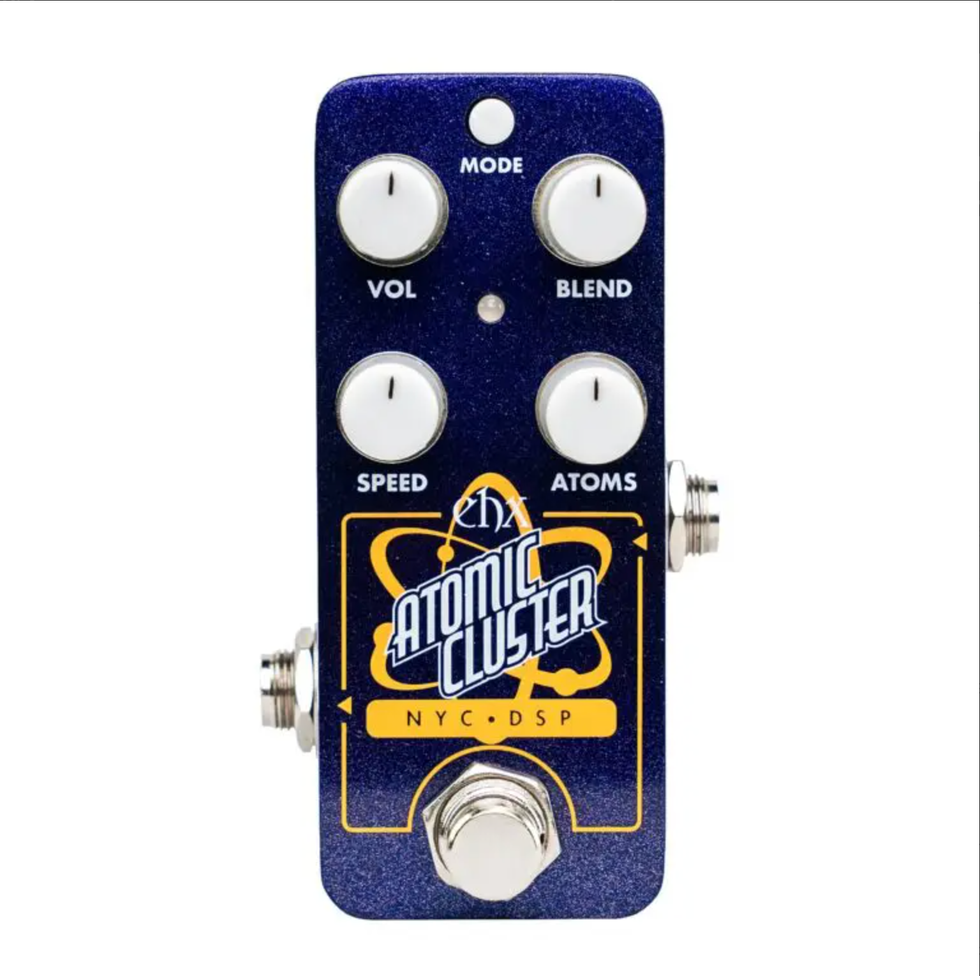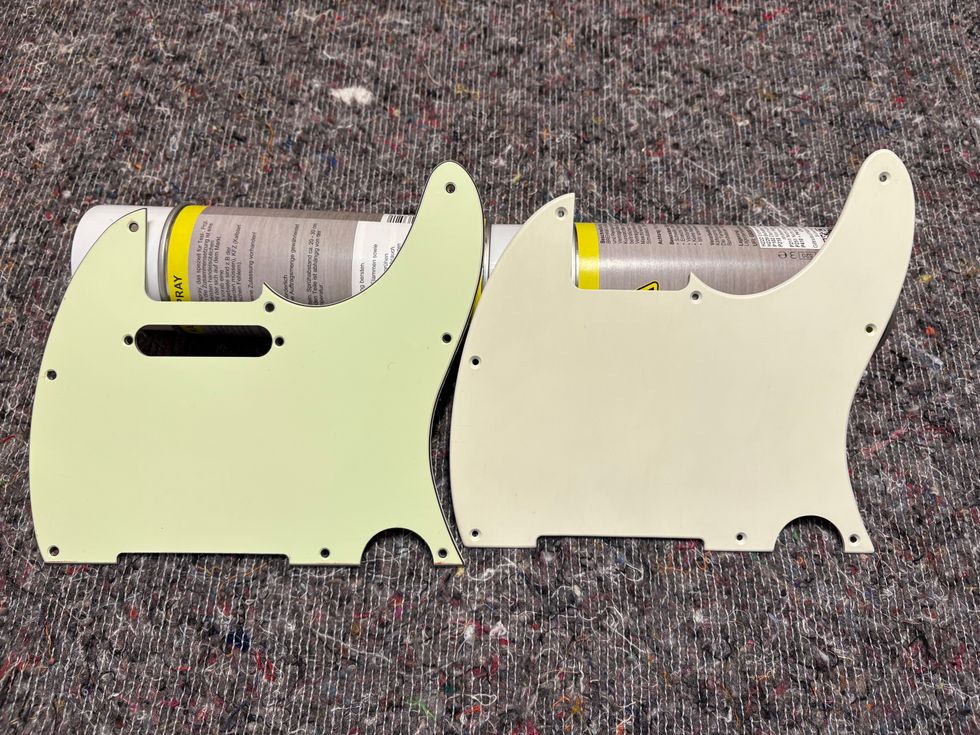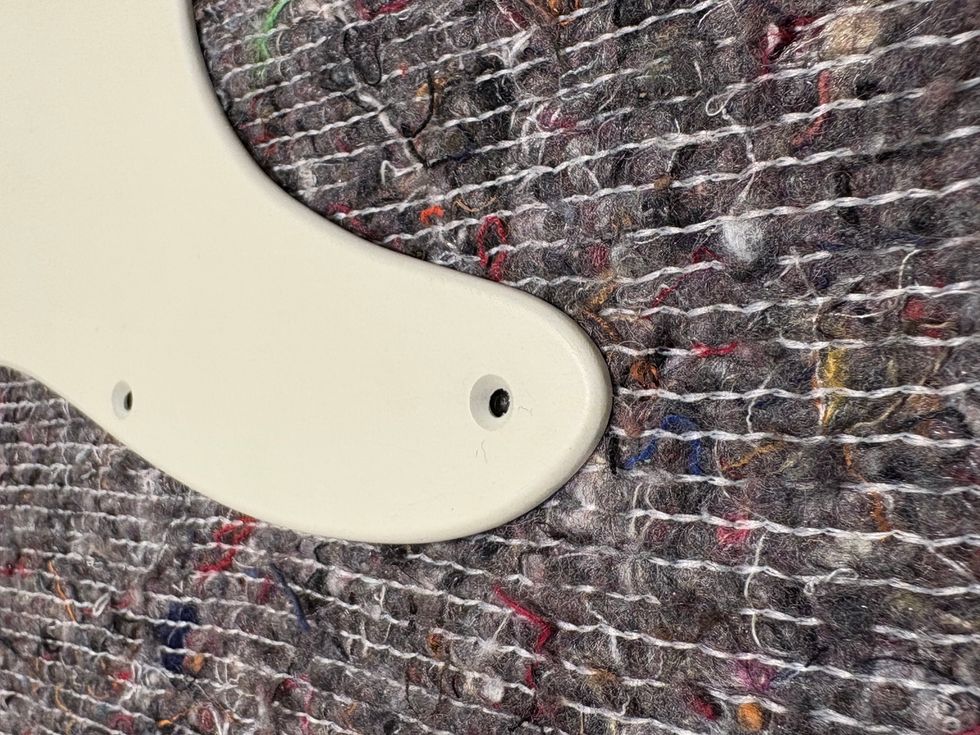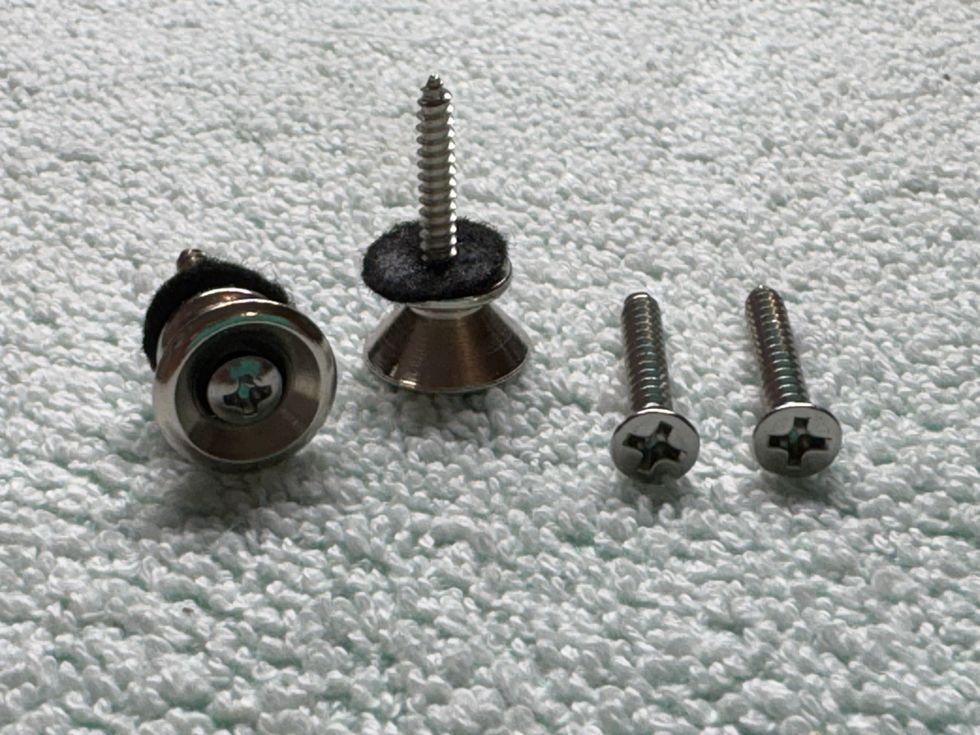A well-made tube amp can last a long time, but there are a few things that can make them uneconomical to fix, as well as unreliable. If you were to make these weak links stronger or easier to fix, the amplifier would then last a long time – maybe even longer than you, effectively making the amplifier immortal.
Back up your tube rectifier so it “soft fails." Rectifier tubes fail, like all tubes do. They usually fail by not conducting current at all, instead giving complete silence, which is no big problem. As a smart and well-prepared musician, you can just pop in your spare rectifier tube, making good use of the tube sockets.
But sometimes when the rectifier tube fails, it does not open. Sometimes it shorts and dumps the full, high voltage AC power into the filter caps. Polarized filter caps cannot stand AC, so they usually fail shorted. Now there is a solid short on the power transformer high voltage winding. The AC power line fuse might blow in time to save your power transformer from burning out, but it also might not, as it’s deliberately made a time-delay (“slo-blo”) type to allow the amp to get started. And your power transformer is the single most expensive part in your amp.
Fortunately, the fix is simple: add – or have your tech add – two solid-state diodes, one in series with each anode of the rectifier tube. The diodes must be rated for more than twice the B+ voltage of the amp and at least the full current. One-amp (1A) rated diodes are sufficient for nearly all tube amps. In most amps, the power transformer leads go directly to the rectifier tube socket. The simplest way to wire in the diodes is to unsolder the wire from the rectifier tube socket, then solder the cathode (bar) end of the diode to the rectifier tube. Bend a loop in the anode (opposite) end of the diode, then slip a length of heat shrink tubing over each transformer lead, soldering each transformer lead to the loop in one diode. When the solder cools, slip the heat shrink down over the diode and heat it. Don’t leave the wire leads uncovered – this is important for safety!
This is not an ideal mounting arrangement for the diodes, as they are supporting the transformer leads. To take some strain off the diode leads, use nylon cable ties to keep the transformer leads together, or, better yet, secure them to nearby parts of the amp to keep the leads from stressing the diodes mechanically.
 | |
|
Note that this mod requires working with the highest voltages in the amplifier. If you decide that you want to do this yourself, be absolutely certain that you already know how to do it safely before you start – unplug the amp, let it sit for an hour, etc. If you have any doubts, take it to a tech who knows how. Amps can be valuable, but they’re not worth dying for.
The diodes have to be able to withstand at least twice the B+ voltage in the amplifier. For amps up to about 450V in normal operation, you can use the cheap and widely available 1N4007, which is rated for 1000V and 1 amp. For amps with B+ supplies over 450V up to about 550V, use the ST Semiconductor STTH112U, which is rated for 1A and 1200V, available from Mouser Electronics.
After the mod, the B+ will be 0.7V smaller – an insignificant amount. If the rectifier tube just wears out and quits conducting, the amp still quits working; that’s what replacement tubes are for. But if it shorts, the solid-state diodes now take over the load. In fact, the amp simply keeps playing if the rectifier tube shorts. The high voltage supply actually rises by maybe 50V, so the amp gets a touch louder. You can keep playing until the show is over and you have time to put in a new rectifier.
You might ask, “Why are we doing this?” The “immortal amplifier” idea originated in the poem, “The Wonderful One-Hoss Shay” by Oliver Wendell Holmes, and was furthered along by stories of how Rolls-Royce made its notoriously reliable cars. The basis of both of these is that in any machine there are weak points – places which will break first.
In the poem by Holmes, the horse-drawn carriage was constructed so that every part was as strong as the rest, so it all failed at once – like a bubble bursting – after 100 years. In the case of Rolls Royce, they did abusive testing on entire cars, found what parts broke, then made those parts stronger so they did not break.
Tube amplifiers are already pretty reliable. If we were to find the few weak points and add some reinforcements there, they could last even longer, suitable for leaving to your grandkids. The fact that they don’t fail you on stage or are cheap to repair when they do manage to fail is icing on the cake.
This mod is intended to strengthen a weak spot in tube amps. After doing these mods to my amps, they may not really be immortal, but they should outlast me!
R.G. Keen
Cheif Engineer
Visual Sound
www.visualsound.net











![Rig Rundown: Russian Circles’ Mike Sullivan [2025]](https://www.premierguitar.com/media-library/youtube.jpg?id=62303631&width=1245&height=700&quality=70&coordinates=0%2C0%2C0%2C0)



![Rig Rundown: AFI [2025]](https://www.premierguitar.com/media-library/youtube.jpg?id=62064741&width=1245&height=700&quality=70&coordinates=0%2C0%2C0%2C0)









